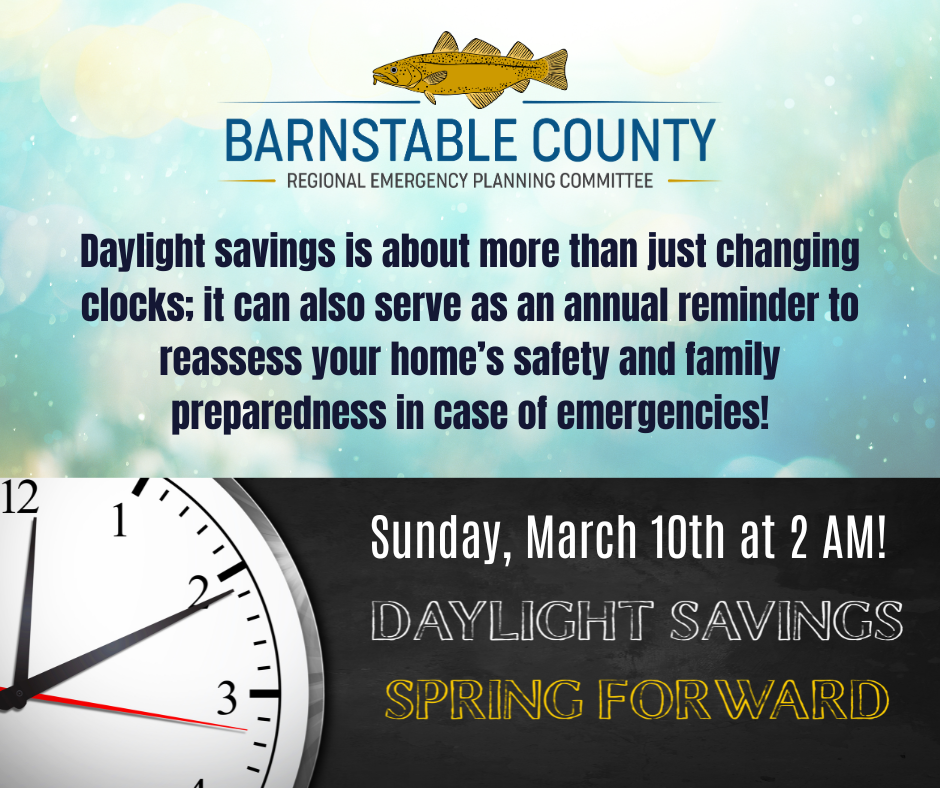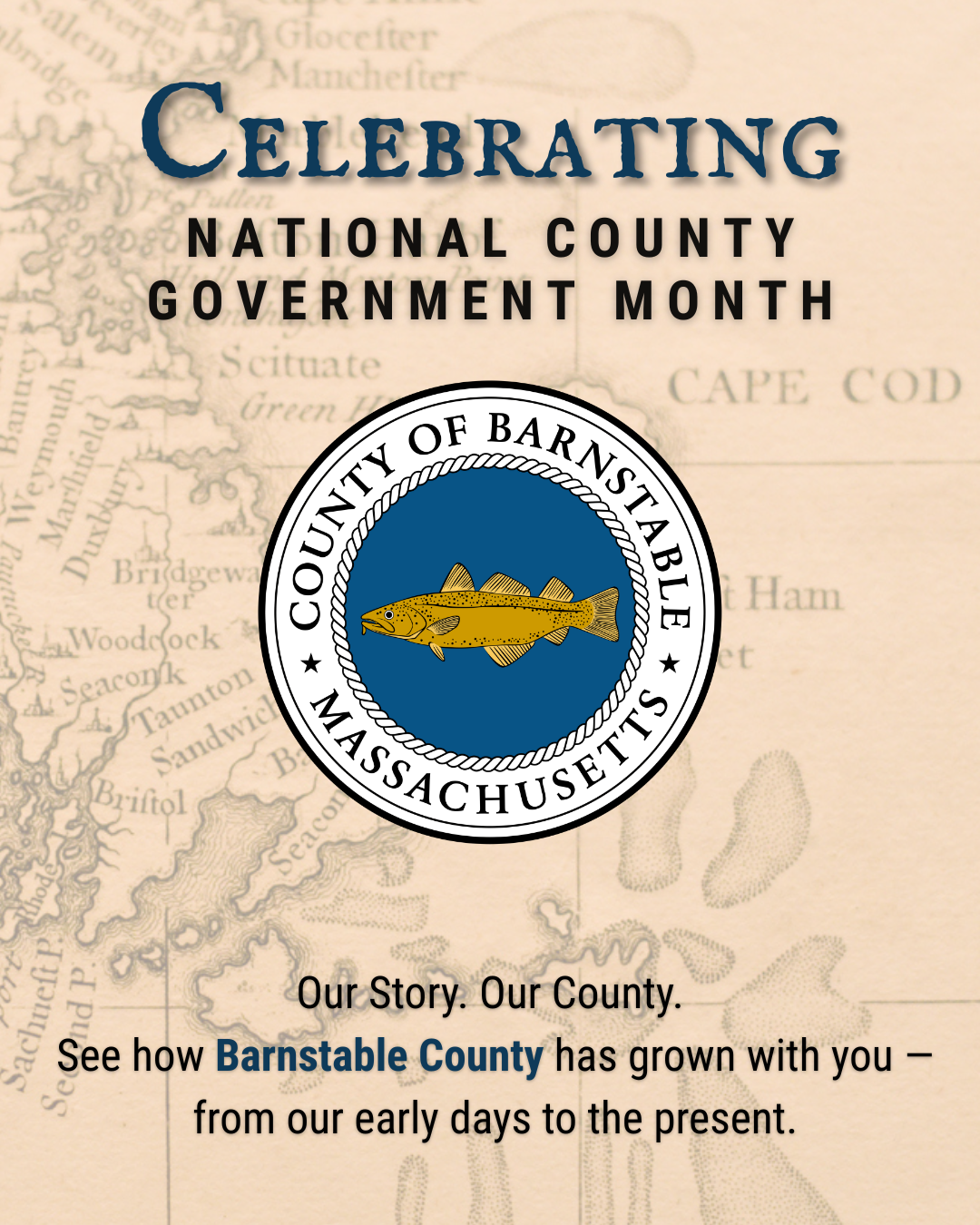
Daylight Savings is a Good Reminder for Individual & Community Preparedness!
It’s time to spring forward! Daylight Savings Time begins when the clock strikes 2 AM on Sunday, March 10, 2024.

Fun Fact: Daylight Savings Time was first implemented in 1918 at the start of World War I in the interest of adding more daylight hours to conserve energy resources. The outcome is trading an hour of morning daylight for an hour of evening daylight. Interested in learning more? Visit History of Time Zones and Daylight Saving Time (DST) | Bureau of Transportation Statistics (bts.gov).
In addition to manually moving your “non-smart” clocks (phones, computers, and any other devices connected to the Internet will automatically at 2 AM without intervention) forward one hour, Daylight Savings is a good time for some potentially lifesaving emergency preparedness measures to ensure the safety of your home and family. For example:
- Check your carbon monoxide and smoke detector. According to the Red Cross, working smoke alarms can cut the risk of dying in a home fire by half! That’s why it’s critical to “Turn and Test” and take lifesaving steps to stay safe from home fires — the nation’s most frequent disaster. Be sure to follow the manufacturer’s instructions for testing the equipment to ensure it is functioning appropriately. Invest in new detectors if they’re near or past the manufacturer’s recommended replacement age. Learn more at Daylight Saving Time: Turn Clocks Ahead, Test Smoke Alarms (redcross.org)!
- Check the service label on your fire extinguisher to make sure it’s not expired. If you don’t have a fire extinguisher, consider investing in one. A portable fire extinguisher can save lives and property by putting out a small fire or containing it until the fire department arrives; but portable extinguishers have limitations. Because fire grows and spreads so rapidly, the #1 priority for residents is to get out safely. Learn more about fire extinguishers at Fire extinguishers | NFPA.
- Update your family’s emergency plan. Make sure each family member knows how they will receive emergency alerts and warnings and how to stay in touch with each other if something happens and you’re not together.
- Visit Ready.gov to learn how to prepare for disasters and what to do during an emergency.
- Download the FEMA mobile app to receive real-time alerts from the National Weather Service for up to five locations nationwide, share notifications with loved ones via text, email and social media, and prepare for disasters with a customizable emergency kit checklist and emergency family plan.
Whether you love or hate the continuation of the War Time practice of daylight savings, using it as an annual reminder to prepare yourself and your family for emergencies is a worthwhile venture that could very well save a life. So, SPRING into action and make preparedness a priority in 2024!




